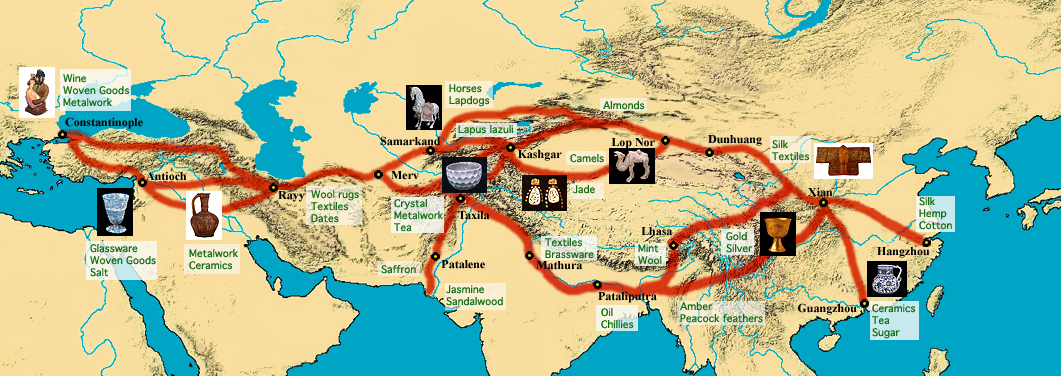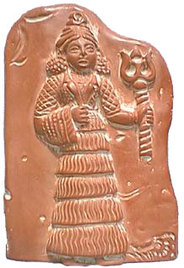Case Study
Mesopotamian Trading Routes
Srivi Vishnubhotla
|
An example of the economic structures of early civilizations in the Mesopotamian society. During the time period of the Mesopotamian civilization, trade within the cities was done by using agricultural products; such as barely, oil, flax, wheat, and even wool. These, in turn, were traded in for items necessary for everyday life.
A map which shows the routes of trade. Click for source.
Methods of Trade:
A majority of the trading was done by the usage of boats. However, the donkey played a significant role in the process of trading. By using the donkey as a means to carry goods from one place to another, instead of having to wait on a boat for days on end just to come to one city. One Egyptian officer described his return from Nubia: "I came down with three hundred donkeys laden with incense, ebony,... panther skins, elephant tusks, throw sticks, and all sorts of good products."
Overall, trading played a big role in the economy of early civilizations. By trading, cities were not only able to gain new products, but also cultural changes and secure relationships with their neighbors. |
Mesopotamian merchants would use the canals that were made for irrigation purposes as trade routes, allowing them to travel all across the Fertile Crescent. The merchants were then able to trade with other merchants in different cities, thus helping to boost the economies.
Goods were not the only thing that was traded during these times. Culture was also spread, although subconsciously. While trading different goods, such as pottery, the merchants simultaneously introduced new cultures around the cities, such as the Hebrew's single deity, Yahweh. Yahweh was introduced and adopted by Christianity and Islam, thereby influencing and changing their views and values on everyday life. Another example of the transferring and trading of cultures can also be seen by the Phoenicians, who adopted the Mesopotamian fertility goddess Ishtar, renaming her Astarte. The goddess Ishtar or Astarte. Click for source.
|
Works Cited
Strayer, Robert W. Ways of the World A Global History With Sources. Boston, New York: Bedford/St. Martin's, 2012. Print.


